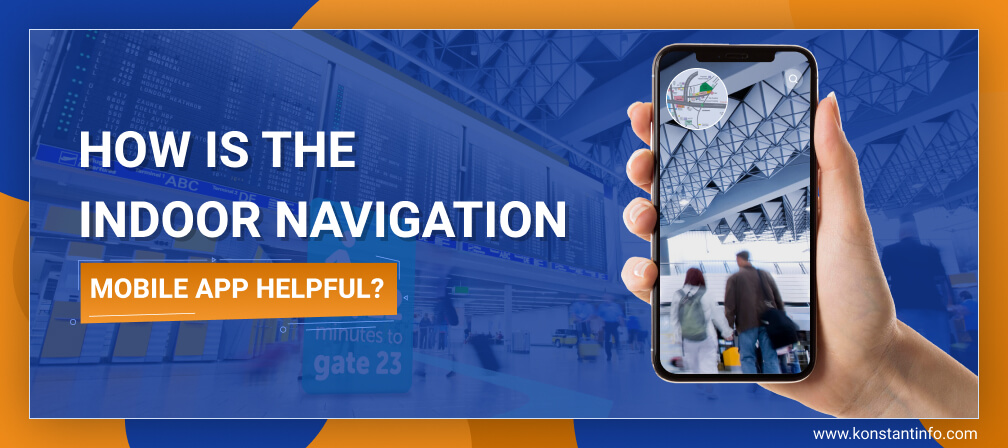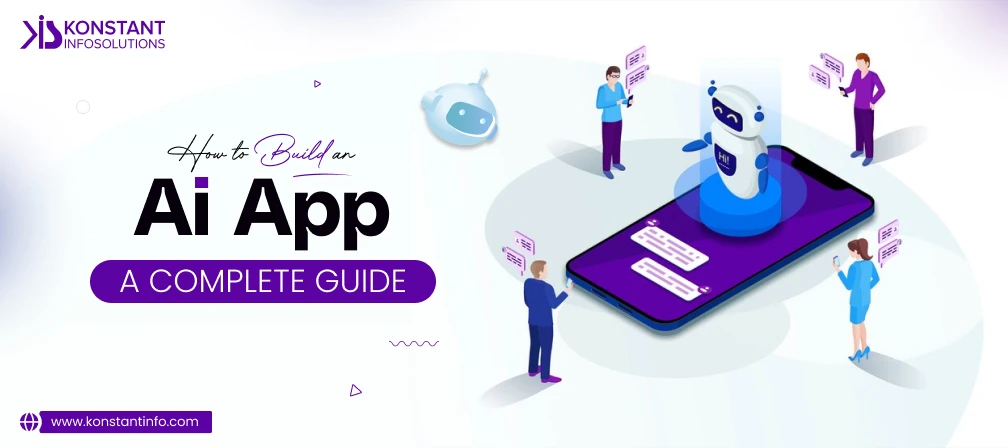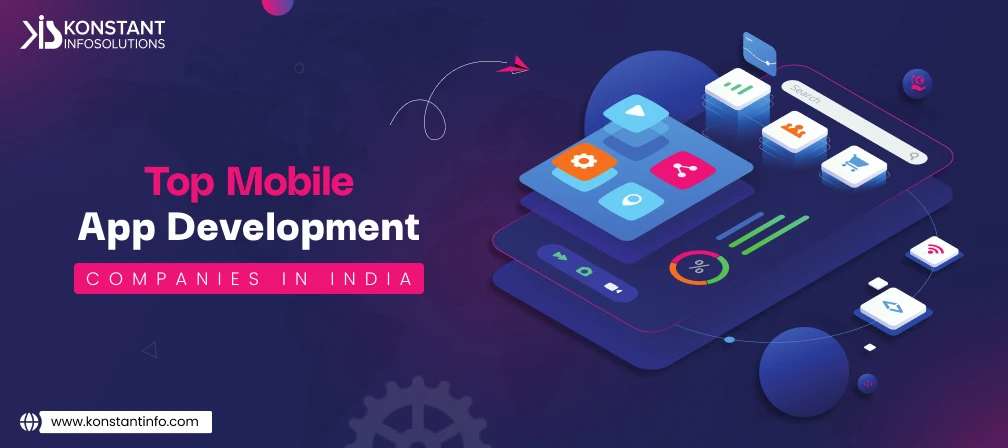
Indoor mapping converts paper blueprints into digital. An Indoor Navigation Mobile Application helps guides users/employees/shoppers inside the building premises. It acts as a way-finding platform based on IoT, localization and business rules to enable users to visualize spatial data with real-time indoor location intelligence.
Here are few easy pointers to understand: What is indoor navigation? – How does it work? – What are the advantages? – What are the applications? – What is the cost to develop an app for indoor navigation?
Indoor navigation provides directions, helps users identify if the spot/destination they are seeking is available. It relies on technologies contradictory to the GPS, based on satellite signals, prone to being blocked by walls and ceilings. Indoor Navigation Applications use phone device sensors and the environment to create a map helping users navigate to the desired location within the building quickly and easily.
Often there is a need to install complex, expensive physical and electronic infrastructures. It guarantees the pervasive availability of the sensed signal and requires updating data sets periodically. It may/may not rely on special-purpose devices to sense the localization signals. Indoor Navigation Systems require a very high precision (inches vs. yards).
It makes use of infrared-based indoor localization systems using infrared light pulses (like a TV remote) to locate signals inside the building premises. Building premises with IR receivers in every room are conducive for indoor positioning. The IR device reads IR tag pulses. Infrared rays guarantee room-level accuracy.
| Technology | Location Accuracy |
|---|---|
| Ultrasound | 1 cm – 5 cm |
| Ultra-Wideband | 5 cm – 30 cm |
| Bluetooth | 1 m – 3 m |
| Wi-Fi | 2m – 5 m |
GPS signals often get blocked by walls and ceilings. GPS chips receive signals from satellites to determine a location. The resulting location/path is often not accurate enough and is not useful.
To start with:
The minimum cost to develop a navigation app starts at $40,000 and scales up with app complexity. Creating an MVP can be an easy and economical option to start.
Also read: How Much It Costs to Build a Navigation App Like Waze?
Locating a place outdoors via GPS is a different problem than indoor. Are you lost inside a building? Not sure which way to go? Moving inside closed indoors can often be challenging as rooms and hallways can be similar. Once cannot skywalk or look at the sky to self-orientate. It becomes convenient to locate labelled spaces with mapped instructions. It can be tricky to ask and provide directions as the path might require more than just a few turnings.
Radio waves and ultrasound signals are inherently accurate. These are often affected by reflections and interactions with walls and ceilings. The earth’s magnetic field is affected by metals and electronic devices in the environment. Infrared lights require a clean line of sight. And besides precise localization, navigation planning requires a correct orientation as well. Our experts are ready to indulge and can help you create an indoor navigation app. Reach out to us for a quick quote.



Vipin Jain is the Co-Founder and CEO at Konstant Infosolutions and is in charge of marketing, project management, administration and R&D at the company. With his marketing background, Vipin Jain has developed and honed the company’s vision, corporate structure & initiatives and its goals, and brought the company into the current era of success.
Or send us an email at: [email protected]